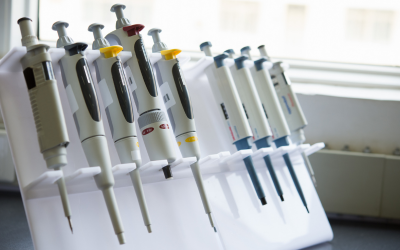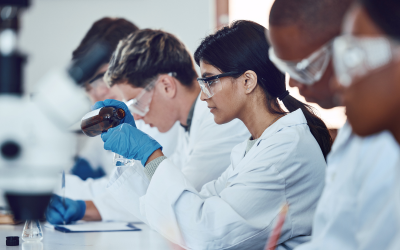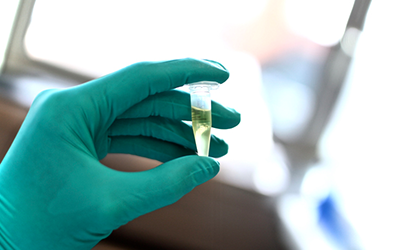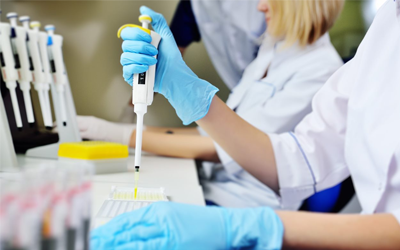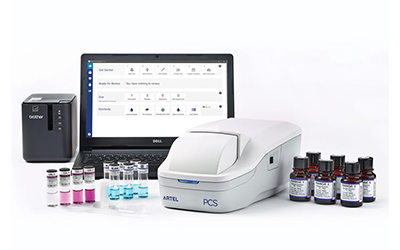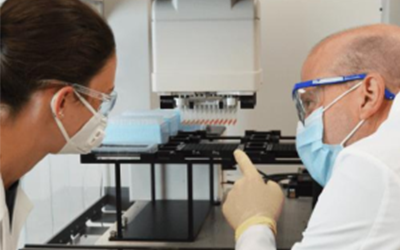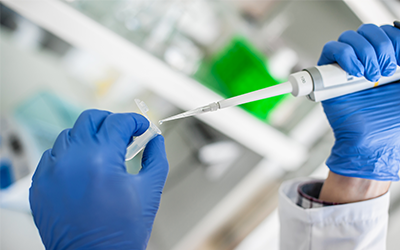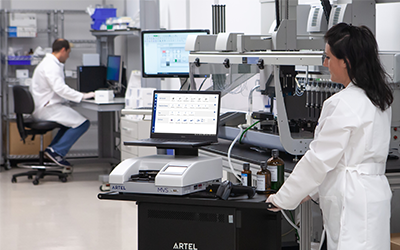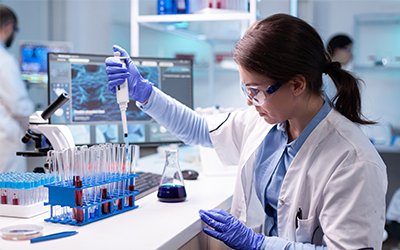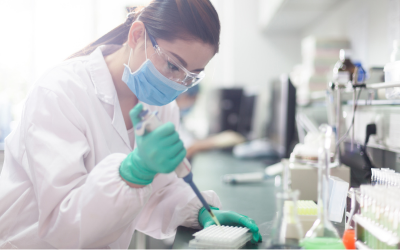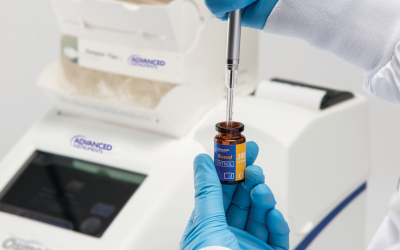Instrument calibration
Instrument calibration is one of the primary processes used to maintain instrument accuracy. Calibration is the process of configuring an instrument to provide a result for a sample within an acceptable range. Eliminating or minimizing factors that cause inaccurate measurements is a fundamental aspect of instrumentation design.
Although the exact procedure may vary from product to product, the calibration process generally involves using the instrument to test samples of one or more known values called “calibrators.” The results are used to establish a relationship between the measurement technique used by the instrument and the known values. The process in essence “teaches” the instrument to produce results that are more accurate than those that would occur otherwise. The instrument can then provide more accurate results when samples of unknown values are tested in the normal usage of the product.
Calibrations are performed using only a few calibrators to establish the correlation at specific points within the instrument’s operating range. While it might be desirable to use a large number of calibrators to establish the calibration relationship, or “curve”, the time and labor associated with preparing and testing a large number of calibrators might outweigh the resulting level of performance. From a practical standpoint, a tradeoff must be made between the desired level of product performance and the effort associated with accomplishing the calibration. The instrument will provide the best performance when the intermediate points provided in the manufacturer’s performance specifications are used for calibration; the specified process essentially eliminates, or “zeroes out”, the inherent instrument error at these points.
Calibration vs. verification: a word on terminology
The terms “calibration” and “verification” are sometimes used interchangeably but can also have slightly different meanings depending on how your organization uses these terms. For metrology purposes, these two terms are used differently and, for the specific case of liquid delivery, the definitions can be summarized as follows:
Calibration (of liquid delivery devices): An operation that compares the volume indication of a pipette or automated liquid handler to a traceable measured volume.
Verification (of liquid delivery devices): A pass/fail process where the systematic and random errors of a calibration are compared to tolerance limits, which need to be met in order to pass the verification. Typically, verifications are regularly scheduled events, and the pass/fail tolerance limits should be based on the laboratory’s required process tolerances.
Verifications can also be unscheduled and in response to laboratory needs. In these cases, the terms interim verification or quick check are sometimes used. Interim verifications can be performed as a precautionary measure before critical work, or if any malfunction of the pipette or liquid handler are suspected.



